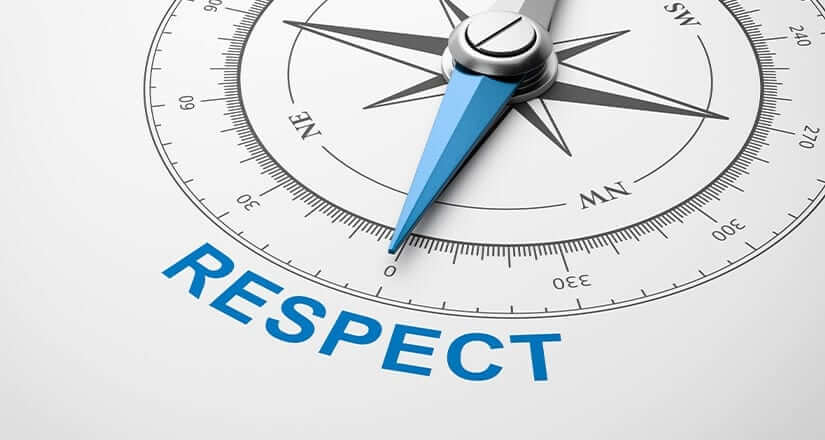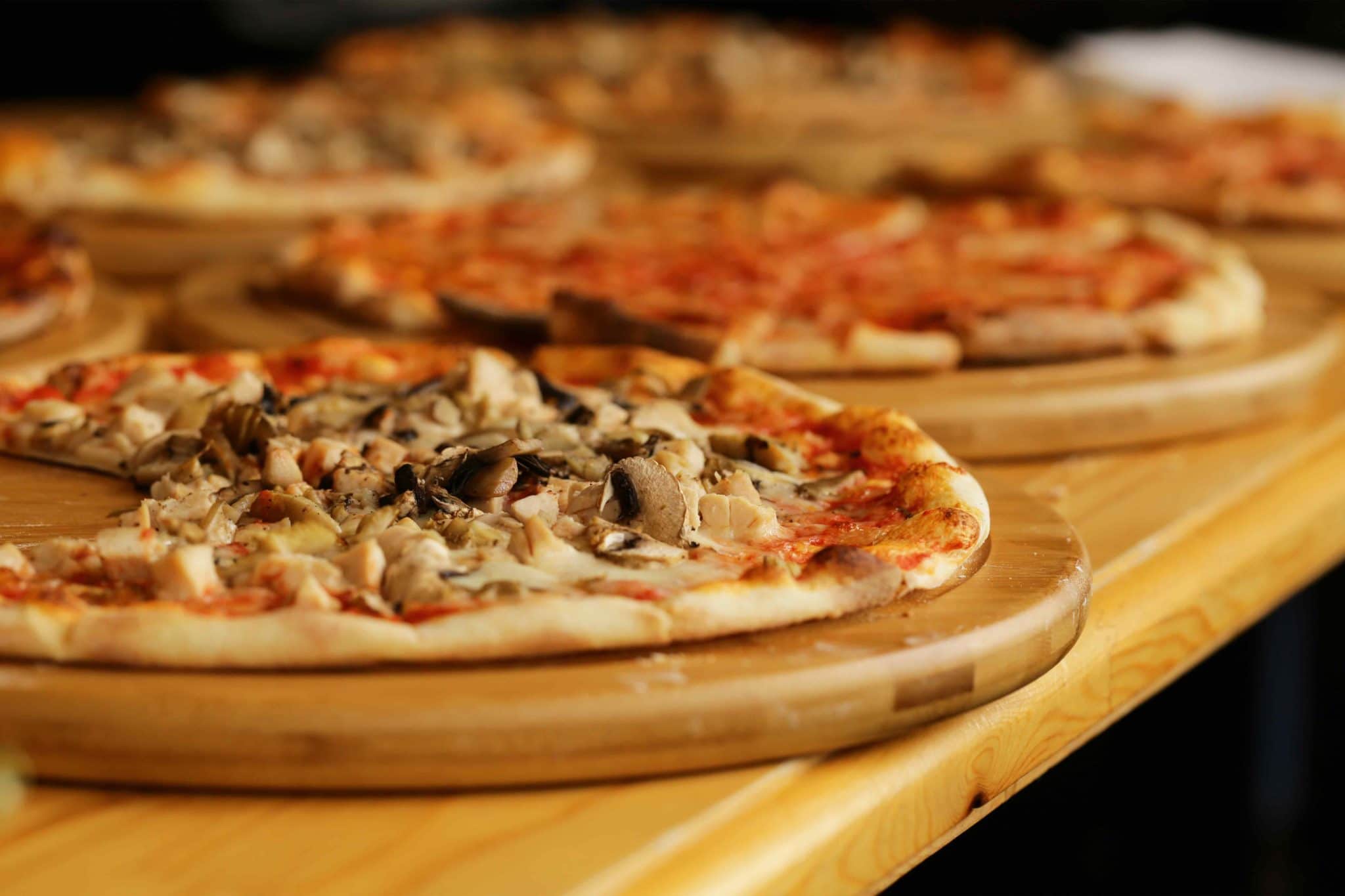As many of you are no doubt aware, the 2019 New Jersey Week of Respect is October 7-11. It’s a time for schools to focus on the vital work of creating a positive and safe school climate for all students.
In my eighteen years of teaching and coaching, I’ve worked in 3 high schools, 2 middle schools and 1 K-12 virtual school. I’ve also experienced two elementary schools and a middle school as a parent. In that time and in those schools, I have witnessed some powerful practices that created an environment where students learn and grow into more kind, accepting, and respectful people. Ideally, these practices would happen across an entire school; however, even if they are only used by certain teachers within their classrooms, they will still have a positive impact on their students.
If any of these powerful practices outlined below resonate with you, I encourage you to give it a try during this year’s Week of Respect and see how it impacts your classroom.
#1: Connect with Conferences
Every good teacher I’ve known has understood this simple fact, summed up so eloquently by James Comer: “no significant learning can occur without a significant relationship.” In even simpler terms: we have to know our kids. We need to know where they are now and what motivates them, so we can figure out how to help them grow.
I’m here to argue that one of the best practices for getting to know students and guiding their learning is for teachers to hold individual conferences. As I write I can hear some of you thinking, “With 30 kids? Yeah, right. When will I find the time?”
I know it seems like a lot, especially with large class sizes, but there are ways to hold meaningful conferences in less than 5 minutes. And if you spread these conferences out over several days, maybe only meeting with 5 or 6 students each day during work time, I promise it is doable.
Former middle school teacher turned college professor John Spencer offers practical tips for how and why to hold conferences in this helpful blog post. He even offers free handouts teachers can modify and use during conferences.
#2: Co-Create Clear Rules
My seven year old came home from school after the first day this year and was excited to tell me all about the rules of her classroom. I know…I thought it was weird, too. The rules? Not about recess or which kids were in her class?
It turns out she was so excited about the rules because the whole class had worked together to create them that first day. They wrote them in teams in student friendly language and ended up with statements like, “Clean up your own mess” and “Don’t make someone feel bad on purpose.” The best part? My daughter’s teacher reports students are sticking to the rules because they are their own.
As Brene Brown wrote in her hugely popular book Dare to Lead, “Clear is kind. Unclear is unkind.” We need school and classroom rules to clearly and kindly establish boundaries for students. Co-creating those rules naturally leads to greater buy in, which is why it is the second powerful practice.
You can also have students assist in creating classroom procedures. An example of this an activity called the Procedure Grid, another great idea from John Spencer.
#3: Get to the Root of Issues
Now we all know that even if a teacher gets to know her students and co-creates rules with them, there will be times when students break those rules. In these instances, I’ve come to realize that, rather than just punishing, there is a lot of power in teaching students to make things right.
This is the core idea behind restorative justice, which is a system for dealing with behavioral issues and bullying that my current school division and many others across the country are embracing. We Are Teachers offers a thorough overview of the system, including links to guides on how to implement it school-wide.
However, on a smaller scale, teachers can use the core practices of restorative justice in their classrooms without the entire school buying in. When a student breaks a rule, the teacher should conference with her (and her parents, depending on the severity of the issue) with a focus on why she broke the rule in the first place and what she can do to repair any harm done. If the student has hurt another student, it becomes very important that she understand how and why she hurt them and create a plan to make amends. So in this way, as it states in the aforementioned article, “Restorative justice addresses the harm caused by the offense and the harm revealed by the offense. When you get these kids talking, you learn about the traumas they have faced…If you can get to the root of the cause of the offense, you’re truly stopping the cycle.”
#4: Spread Kindness
Finally, and most importantly, teachers can help students spread love and kindness to each other whenever possible. In an age where many students have access to technology and media that send a whole lot of nastiness their way on a daily basis, teachers need to make time for activities that help students lift each other up.
There are so many great ideas out there for how to accomplish this, but one of my favorites is The Compliments Project outlined by Jennifer Gonzalez in her blog Cult of Pedagogy. This is one I’ve witnessed other teachers use and have utilized in my own classroom, always with wonderful results. It can also be adapted for any grade level.
Painted on the wall in my old high school was the saying “Respect is love in action.” Ultimately, they are two sides of the same coin. When we help students build more love for themselves and others, respect will follow.
Megan Panek





